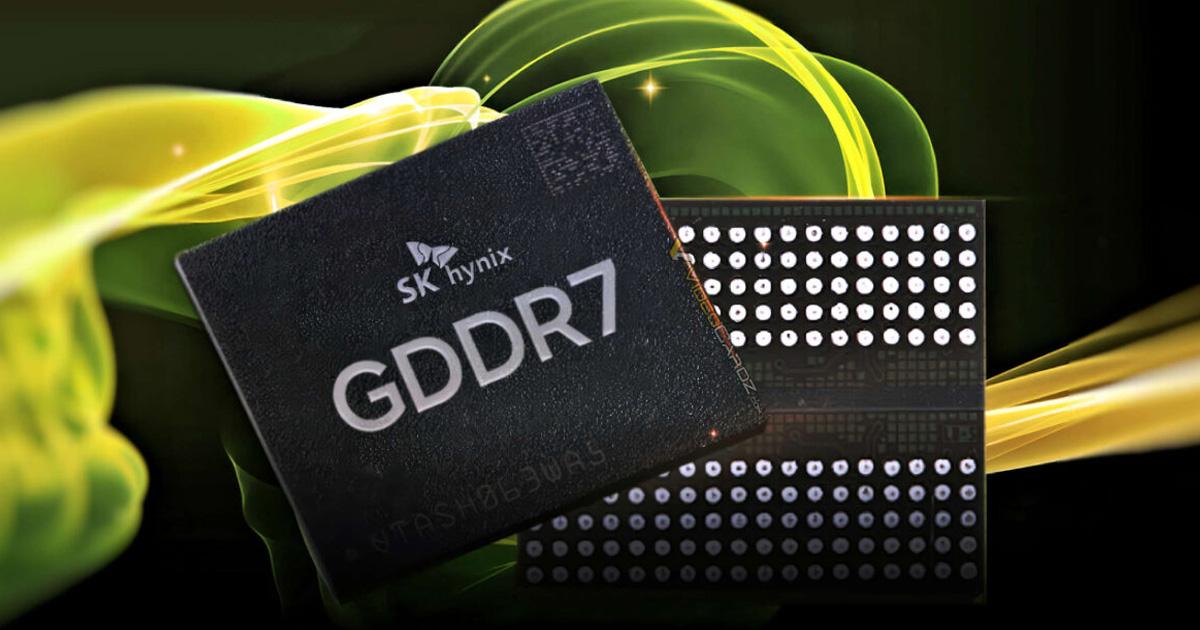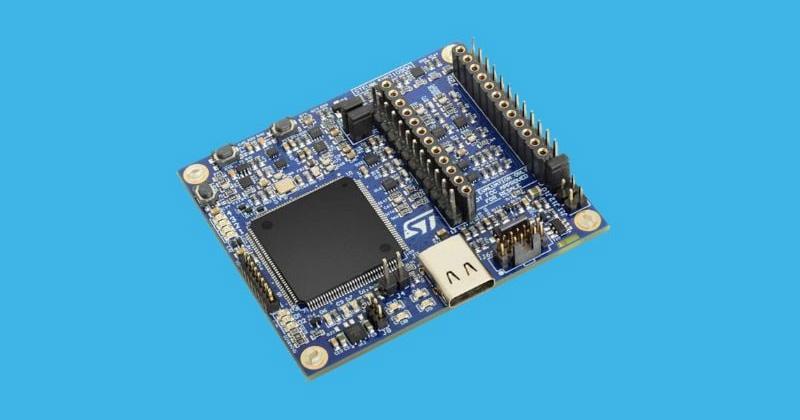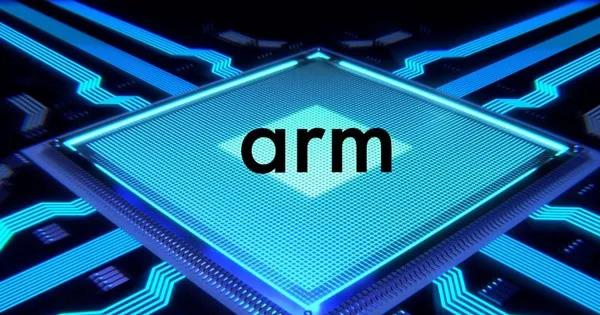STMicro Programmable SoC PLC Improves Smart Grid Communication
As energy networks grow in complexity, smart metering has become an industry standard. Traditional meters, once limited to localized and basic consumption tracking, now face the demands of modern smart grids, which require continuous, real-time monitoring and data sharing across diverse network structures. To manage this complexity, today’s smart meters must support multiple advanced data protocols, exhibit high accuracy, and ensure secure data transmission. However, the main challenge is achieving flexible communication standards across various utility infrastructures.
Addressing these needs, STMicroelectronics has introduced the ST85MM, a programmable System-on-Chip (SoC) powerline communication (PLC). The SoC could solve the challenges of advanced metering infrastructure.
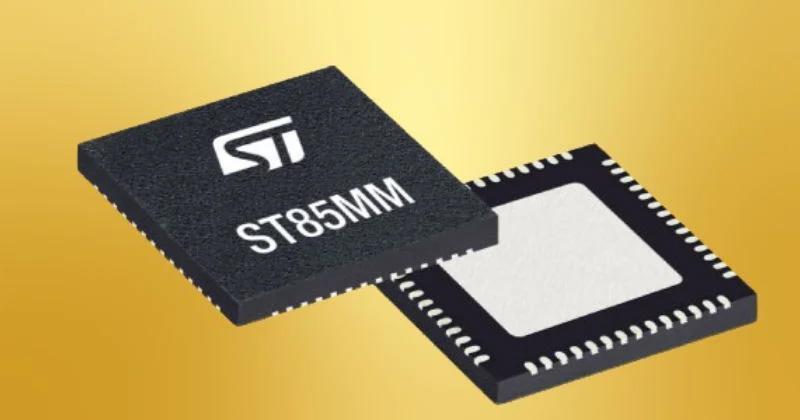
The ST85MM. Image used courtesy of STMicroelectronics
Smart Metering Challenges
Complex energy networks and energy transition demands have led to substantial advancements in smart-metering technologies.
With modern networks increasingly integrated and dynamic, metering devices must continuously collect, process, and transmit data across diverse energy production and distribution environments. Digital smart meters track and report real-time electricity, gas, or water usage to utility providers. These devices deliver high data accuracy, low latency, and rapid response needs across urban and rural grid environments.
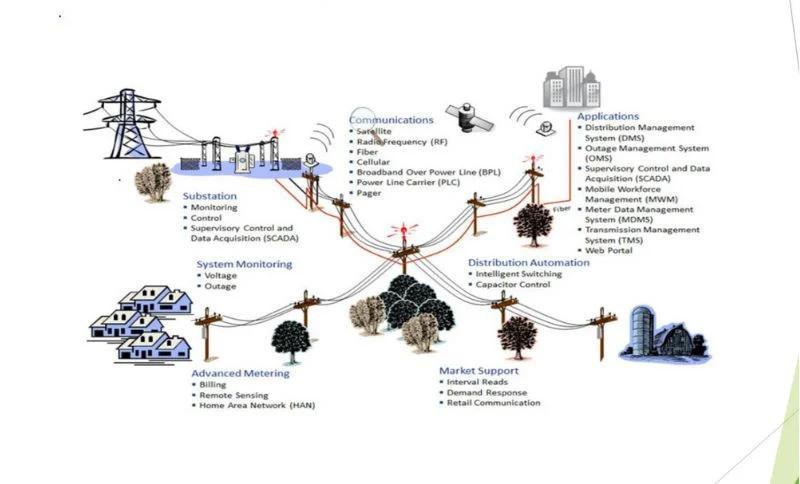
Power grid communication systems. Image used courtesy of State of New Jersey
One major technical obstacle in developing universal PLC modems is supporting multiple communication standards like PRIME and Meters and More, as these protocols have become critical for maintaining compatibility across various systems. Older meters often lack the flexibility to handle multiple standards, rendering them unsuitable for modern, highly interoperable networks.
STMicro Programmable PLC Modem
STMicroelectronics has introduced the ST85MM programmable PLC SoC, a versatile solution for smart metering applications within evolving energy grids.
Architecturally, the ST85MM integrates a powerful Arm Cortex-M4 core and a digital signal processor specifically designed to execute PLC tasks efficiently. This setup gives the modem the processing power to handle large data throughput while the embedded cryptographic engine enables secure, turn-key data communication. Notably, ST85MM supports both PRIME 1.4 and Meters and More protocols.
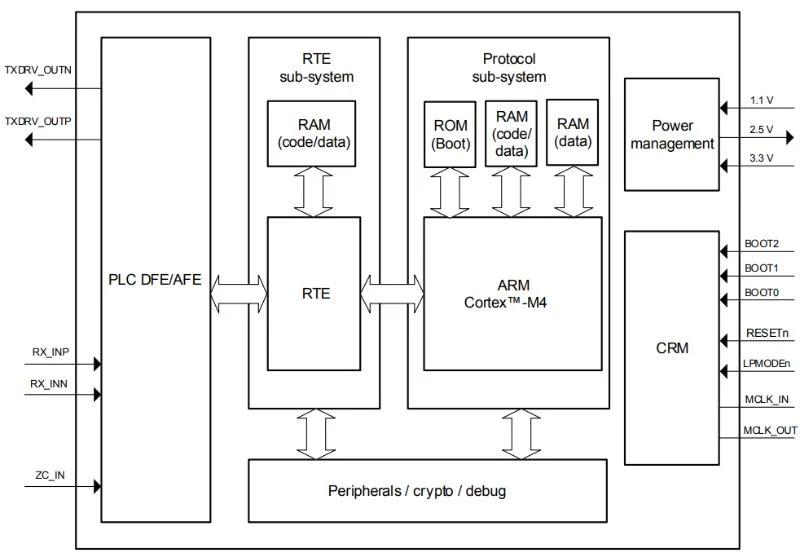
ST85MM’s architecture. Image courtesy of STMicroelectronics
For enhanced adaptability, the ST85MM can operate in hybrid configurations by combining PLC with radio frequency communication through the S2-LP ultra-low power RF transceiver. This approach enables reliable powerline communication and extended wireless coverage when necessary.
Owing to these features and a compact 7mm x 7mm QFN56 package, the ST85MM is best suited for embedded space-constrained smart meter designs.
Final Words
With certification for PRIME 1.4 Hybrid PLC and RF capabilities, the ST85MM establishes a future-proof, multi-protocol platform for utility companies. As power grids prioritize real-time data integration and interoperability, solutions like the ST85MM can help streamline metering rollouts and accommodate rising demands for flexible data access, security, and reliable, real-time communication.

